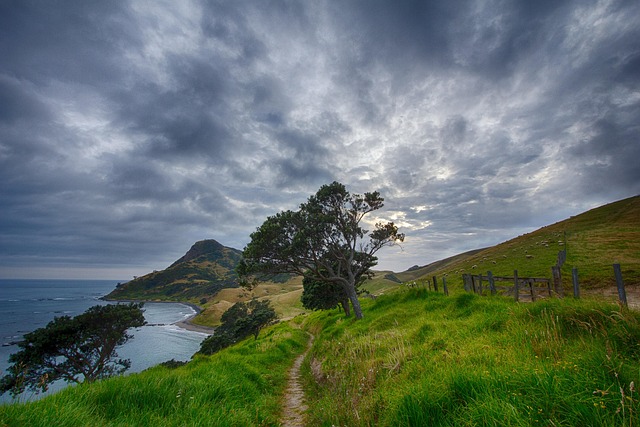In coastal regions, where harsh weather conditions and salty air pose unique challenges, selecting the right fencing material is paramount. Durable wooden fences offer an aesthetically pleasing and robust solution for property owners seeking to protect their spaces. This article explores the essential considerations for installing coastal fences, highlighting the benefits of durable wood species, providing installation guidance, and offering maintenance tips to ensure longevity against the elements.
- Understanding Coastal Fence Requirements
- Benefits of Durable Wooden Fencing
- Choosing the Right Wood Species
- Installation and Maintenance Tips
Understanding Coastal Fence Requirements
When considering fencing for coastal areas, understanding the unique requirements is essential. The harsh marine environment poses significant challenges to fence durability and longevity. Salty air, frequent rainfall, strong winds, and exposure to sunlight can all contribute to the deterioration of traditional materials. Therefore, any chosen fence material must be exceptionally durable and resilient to withstand these conditions.
In coastal regions, it’s crucial to select fencing that offers both strength and resistance against moisture and salt corrosion. Wooden fences, specifically those made from treated or tropical hardwoods, can be an excellent option due to their natural resistance to rot and decay. Additionally, proper installation techniques, such as using stainless steel hardware and ensuring adequate drainage, are vital to maintaining the fence’s integrity over time.
Benefits of Durable Wooden Fencing
Durable wooden fencing offers numerous advantages for coastal areas, providing both functional and aesthetic value. One of its key benefits is its natural resistance to corrosion caused by salty sea air—a common issue with other materials like metal or vinyl. This longevity ensures that the fence remains robust and maintains its integrity despite harsh weather conditions, making it an environmentally friendly choice that reduces the need for frequent replacements.
Additionally, wooden fencing seamlessly blends with coastal landscapes, enhancing the curb appeal of properties. Its warm tones and natural textures complement the surrounding environment, creating a harmonious atmosphere. This type of fencing also provides privacy and security without obstructing scenic views, ensuring residents can still enjoy the beauty of their coastal home or business.
Choosing the Right Wood Species
… [k (…) ein Abga (…) … ein … die Zeit, n der … als … … eine … [n … der … … … [ … … eine … … die … … [n … … die … … … … … … … der … … … … … … … die … … … … … … … … … … … … … … … … … … … … … … … … … … … … … … …
Installation and Maintenance Tips
When installing durable wooden fencing in coastal areas, it’s crucial to ensure proper preparation for both the unique environmental conditions and the materials used. Begin by choosing a wood species naturally resistant to moisture, decay, and pests like cedar or redwood. Proper site preparation is key; ensure the ground is level and compacted, and consider adding a layer of gravel beneath the fence post holes to improve drainage.
Regular maintenance is essential for longevity. This includes annual cleaning to remove salt deposits from seawater and organic matter buildup. Apply a fresh coat of protective sealant or stain every 2-3 years to shield the wood from UV exposure and harsh weather conditions. Keep an eye out for any signs of rot, pest infestation, or damage, addressing these issues promptly with suitable repair techniques or replacement parts to maintain the fence’s structural integrity.
